Business
Tiger Woods, Nike End Partnership After More Than 27 Years
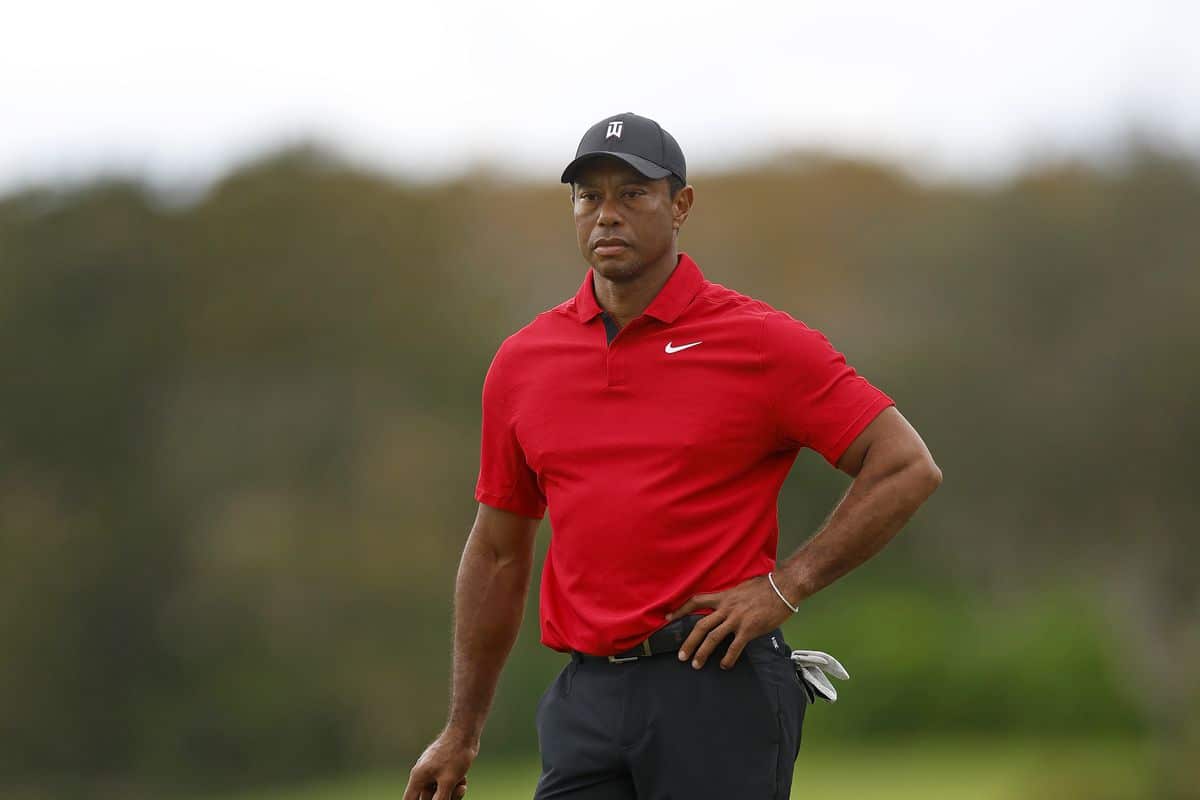
Tiger Woods has gone from saying “Hello, world,” to saying goodbye to Nike.
Woods capped months of speculation by announcing on Monday that the 27-year connection between golf’s biggest star and the powerful Swoosh brand is ending, raising worries about both’s future in the sport.
In a social media message, Woods hailed Nike co-founder Phil Knight for his “passion and vision” in bringing them together when he became a professional.
“Over 27 years ago, I was fortunate to start a partnership with one of the most iconic brands in the world,” Woods said in a statement. “The days since have been filled with so many amazing moments and memories, if I started naming them, I could go on forever.”
“I guess, hello world, huh?” a 20-year-old Woods said during the Greater Milwaukee Open.
Two days later, Nike debuted the “Hello, World” campaign and Woods lived up to the expectations. Within eight months, he had four wins, including the historic Masters victory that made him the first golfer of Black origin to win a major.
“It was time for the next chapter,” Steinberg told the Associated Press. “What an amazing run. Excellent partnership.”
Nike also took to social media, captioning a shot, “It was a hell of a round, Tiger.”
“Tiger, you challenged your competition, stereotypes, conventions, and the old school way of thinking,” read the caption on the Nike post. “You challenged the entire golf industry. You challenged us. Most importantly, focus on yourself. And for that task, we are grateful.”
Woods signed a five-year, $40 million contract when he turned pro. Most people in the industry, except Nike and his father, found the money startling at the time.
“Chump change,” the late Earl Woods once said, and he was proven right. In 2001, Woods renewed the arrangement, which was reported to be worth more than $100 million. His 2006 eight-year contract was believed to be worth $160 million, and his most recent contract was inked in 2013 for a reported $200 million.
As well-known as any athlete in the world, Woods became the face of Nike Golf and had his own “T.W.” brand.
Woods established records on the golf course, becoming the youngest to complete the Grand Slam at 24, the only player to hold all four major titles simultaneously, and winning the U.S. Open by 15 shots, the greatest margin in major golf history.
However, there were indicators of a strained relationship in recent years. Woods returned from his February 2021 car accident, which damaged bones in his right leg, wearing FootJoy shoes, stating that it felt better given his injury.
Woods wore them until last month’s PNC Championship, where he played with his son – Nike has a long history of producing shoes.
Tiger Woods, Nike End Partnership After More Than 27 Years
When asked about his contract with Nike, Woods said, “I’m still wearing their product,” and fiercely reiterated the statement when asked whether this was the end of the arrangement.
More than just a face, Woods unknowingly supplied pivotal moments for Nike, none more so than his 2005 Masters victory, when he hit a pitch from behind the 16th green that rolled up the slope and back toward the hole. The ball dangled on the edge for a full second, the swoosh visible, before dropping. It is still one of the most renowned moments from golf’s most-watched tournament.
Woods was also filming a commercial one year when he started bouncing the golf ball off his club between takes. This led to a situation in which he bounced the ball off the club, between his legs, and behind his back before striking it in mid-air.
“Throughout the course of our partnership, we have witnessed, along with the rest of the world, how Tiger not only redefined the sport of golf but broke barriers for all of sport,” the company said in a statement. “We saw him break records, question traditional wisdom, and inspire generations of people around the world. We are thankful to have been a part of it. We wish him well in the future.”
Woods has 15 major championships, trailing only Jack Nicklaus (18), and 82 PGA Tour triumphs, tied with Sam Snead. However, he has been handicapped in recent years by five back operations, broken ligaments in his repaired left knee, a 2021 automobile accident, and age. He turned 48 at the end of last year.
Tiger Woods, Nike End Partnership After More Than 27 Years
Nike supported him as his personal life disintegrated in 2009 due to adulterous affairs, and his schedule was severely limited due to leg and back ailments. Woods miraculously recovered from fusion surgery to win the Masters in 2019, his fifth green jacket.
Nike has also shown signals of winding down its golf business. It opted to exit the hard goods market in 2016, causing Woods to use new clubs and golf balls.
Meanwhile, Nike indicated on a recent earnings call that it planned to slash $2 billion over the next three years, raising worries about how much it would continue to invest in golf.
The company still has a stable of golfers wearing its apparel, including the world’s number one player, Scottie Scheffler, who wears a “T.W.” brand shoe and Rory McIlroy and Nelly Korda. Jason Day, a former No. 1 player, did not renew his contract this year and went to another gear business.
Woods has expressed optimism that he will be able to play once a month in 2024, beginning with the Genesis Invitational in Los Angeles next month.
Steinberg stated that he was working on a new contract and that “I anticipate there could be an exciting announcement” at the Genesis Invitational.
Woods indicated the same thing.
“People will ask if there is another chapter,” Woods said in his post. “Yes, there will be another chapter. “See you in L.A.!”
SOURCE – (AP)
Business
Google, Justice Department Make Final Arguments About Whether Search Engine Is A Monopoly
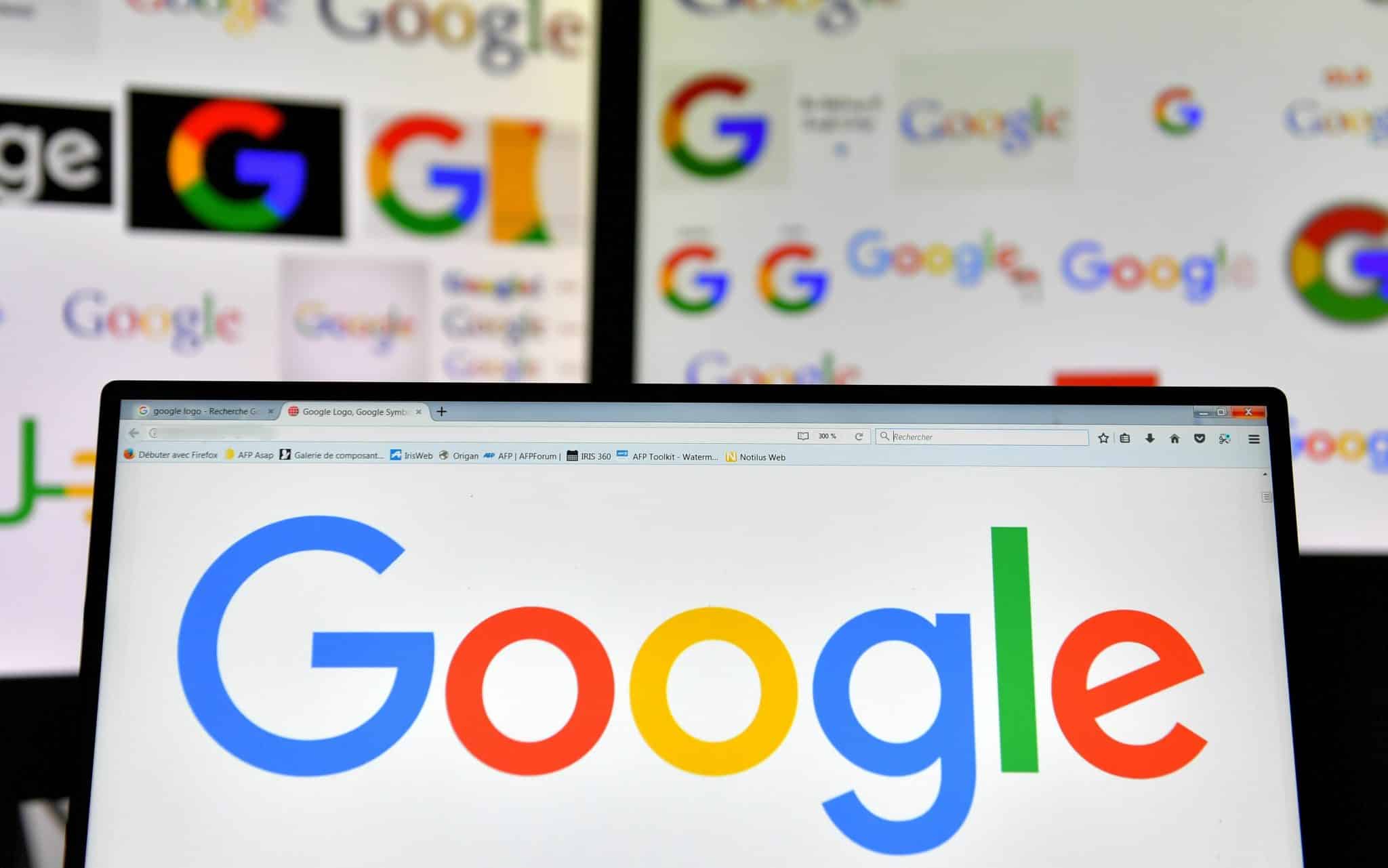
Washington — Google’s dominance as an internet search engine is an illegal monopoly supported by the tech giant’s annual spending of more than $20 billion to lock out competition, Justice Department lawyers contended after a high-stakes antitrust case.
Conversely, Google claims its success stems from its quality and capacity to offer the results that customers seek.
The United States government, a coalition of states, and Google all submitted their closing arguments in the 10-week lawsuit to U.S. District Judge Amit Mehta, who must now rule whether Google violated the law by preserving a monopoly status in search.
AP – VOR News Image
Google, Justice Department Make Final Arguments About Whether Search Engine Is A Monopoly
Much of the lawsuit, the largest antitrust trial in over two decades, has focused on how much Google’s strength stems from partnerships with firms such as Apple to make Google the default search engine preloaded on iPhones and laptops.
At trial, evidence revealed that Google spends over $20 billion annually on such contracts. According to Justice Department lawyers, the large payment demonstrates how crucial it is for Google to establish itself as the default search engine and prevent competitors from gaining a foothold.
Google says that clients can readily switch to other search engines if they choose but always prefer Google. Companies like Apple testified at trial that they work with Google because they believe its search engine is superior.
Google also claims that the government defines the search engine market too narrowly. While it has a commanding lead over rival general search engines such as Bing and Yahoo, Google claims it faces even more fierce competition when customers conduct focused searches. For example, the internet titan claims buyers are more inclined to search for things on Amazon than Google, vacation planners may search on AirBnB, and hungry eaters may search for a restaurant on Yelp.
AP – VOR News Image
Google, Justice Department Make Final Arguments About Whether Search Engine Is A Monopoly
Google has also stated that social media businesses such as Facebook and TikTok are formidable competitors.
During Friday’s discussions, Mehta questioned if some other companies were in the same market. He explained that social media companies can make ad money by presenting advertising that fits consumers’ interests. However, he stated that Google has the potential to display advertising in front of users in direct response to inquiries they enter.
“It’s only Google where we can see that directly declared intent,” Mehta said.
Google’s attorney, John Schmidtlein, responded that social media companies “have lots and lots of information about your interests, which I would say is just as powerful.”
The corporation has also said its market dominance is precarious as the internet constantly reinvents itself. Earlier in the trial, it was shown that many experts previously believed that Yahoo would always remain dominating in search. It was reported that younger tech users sometimes refer to Google as “Grandpa Google.”
While Google’s search services are free for customers, the business makes money from searches by selling adverts that appear alongside a user’s search results.
During Friday’s remarks, Justice Department attorney David Dahlquist stated that Google could raise ad income by increasing the number of inquiries submitted until around 2015, when inquiry growth stagnated, and they needed to make more money per search.
The government claims that Google’s search engine monopoly enables it to charge unduly high fees for advertising, which eventually trickle down to consumers.
“Price increases should be limited by competition,” Dahlquist stated. “It should be the market deciding what the price increases are.”
AP – VOR News Image
Google, Justice Department Make Final Arguments About Whether Search Engine Is A Monopoly
According to Dahlquist, internal Google records demonstrate that the business, without any meaningful competition, began altering its ad algorithms to occasionally offer customers with inferior search ad results to raise income.
Schmidtlein, Google’s lawyer, stated that the record demonstrates that its search ads have become more effective and useful to customers, rising from a 10% click rate to 30%.
Mehta has yet to say when he will rule, although it is expected to take many months.
If he decides that Google breached the law, he will set up a “remedies” phase of the trial to assess what should be done to increase competition in the search engine industry. The administration has yet to state what type of remedy it will pursue.
SOURCE – (AP)
Business
FTC Investigating TikTok Over Privacy And Security
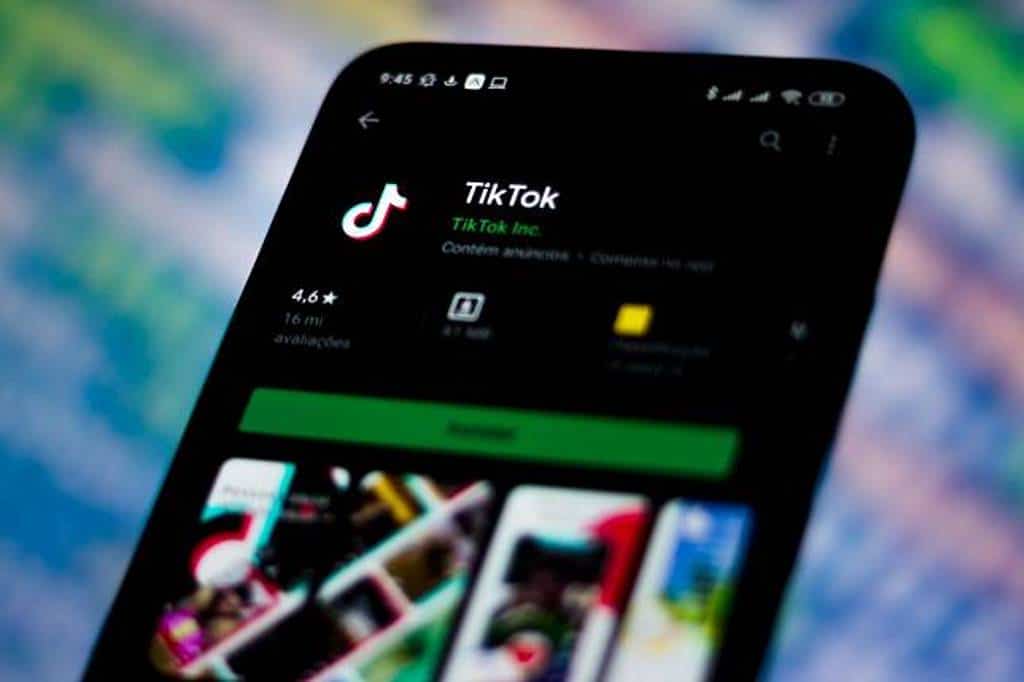
The Federal Trade Commission is looking into TikTok’s data and security procedures, two individuals told CNN on the condition of anonymity.
The investigation adds to the social media platform’s already difficult situation, which includes the possibility of a US ban or forced divestment from its Chinese parent firm.
According to reports, the FTC is investigating for allegedly violating the Children’s Online Privacy Protection Rule. This rule requires corporations to notify parents and acquire consent before collecting data from children under the age of 13.
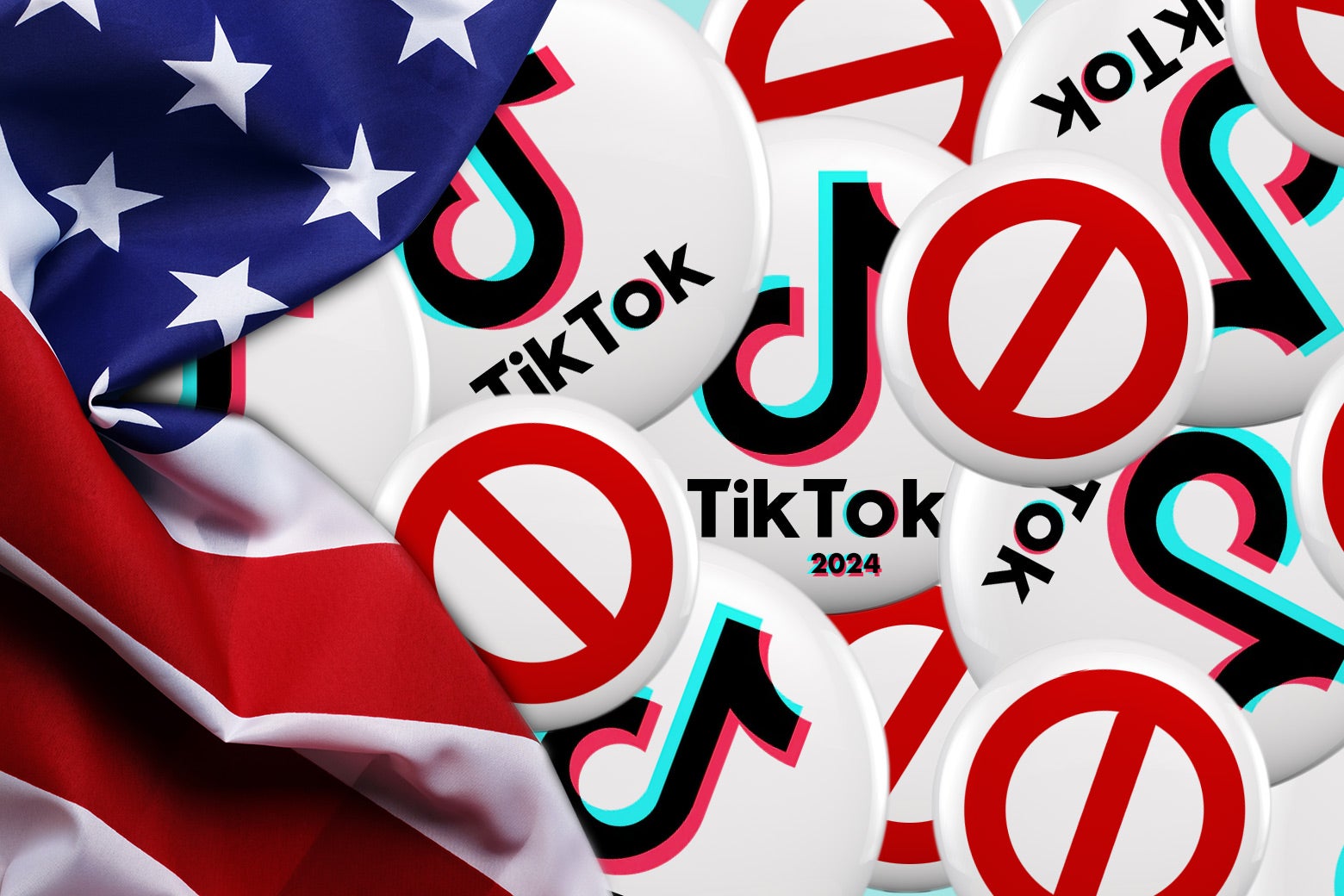
CNN – VOR News Image
FTC Investigating TikTok Over Privacy And Security
According to the sources, the agency is also looking into whether they violated a provision of the FTC Act that forbids “unfair or deceptive” business practices by denying that user data may be accessible by individuals in China.
According to one of the sources, the FTC may file a lawsuit against TikTok or reach an agreement with the firm over the coming weeks. Politico reported on the investigation earlier.
When contacted about the probe, FTC Director of Public Affairs Douglas Farrar said, “No comment.”
TikTok did not immediately respond to a request for comment.
The FTC investigation comes as they faces an existential threat in the US. A bipartisan coalition in the US House of Representatives voted earlier this month to adopt legislation mandating that ByteDance distribute TikTok or face a ban in US app stores.

The Hill -VOR News Image
FTC Investigating TikTok Over Privacy And Security
The law is before the Senate, and President Joe Biden said he will sign it if it reaches his desk. On the other hand, Senate leaders have signaled that they are taking a cautious approach, which may result in delays or perhaps the failure of the House plan.
ByteDance, a Chinese corporation in control of the short-form video company, has denied claims that US citizens using its app pose a threat to national security. TikTok, which does not operate in China, claims that the Chinese government has never obtained US customer data.
According to cybersecurity experts, Chinese laws force ByteDance to assist with the country’s intelligence demands, which, given ByteDance’s ownership of TikTok, could theoretically jeopardize the privacy of US users. To address this risk, TikTok has kept its US user data on cloud servers operated by US tech giant Oracle, as well as implemented internal policies that prevent non-US staff access.
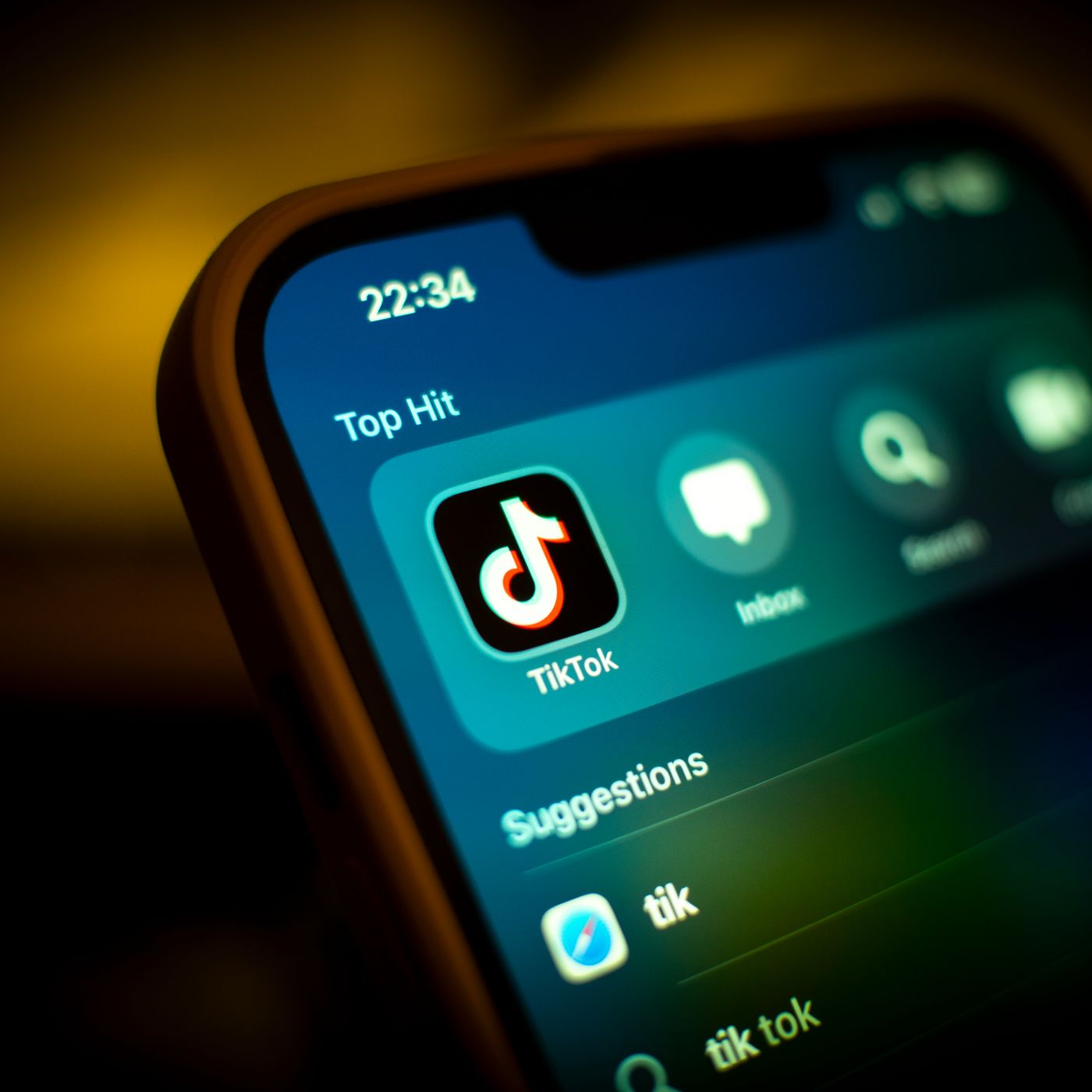
NY Mag – VOR News Image
FTC Investigating TikTok Over Privacy And Security
TikTok admitted to Congress in 2022 that staff headquartered in China could access US user data, following BuzzFeed News’ story that year that ByteDance employees had obtained that information on multiple instances. In his initial appearance before Congress last year, TikTok CEO Shou Chew admitted that many ByteDance workers were fired for spying on specific US journalists as part of a “misguided attempt” to find leakers within the company.
SOURCE – (AP)
Business
Amazon CEO Andy Jassy’s Comments About Unions Violated Federal Law, NLRB Judge Rules
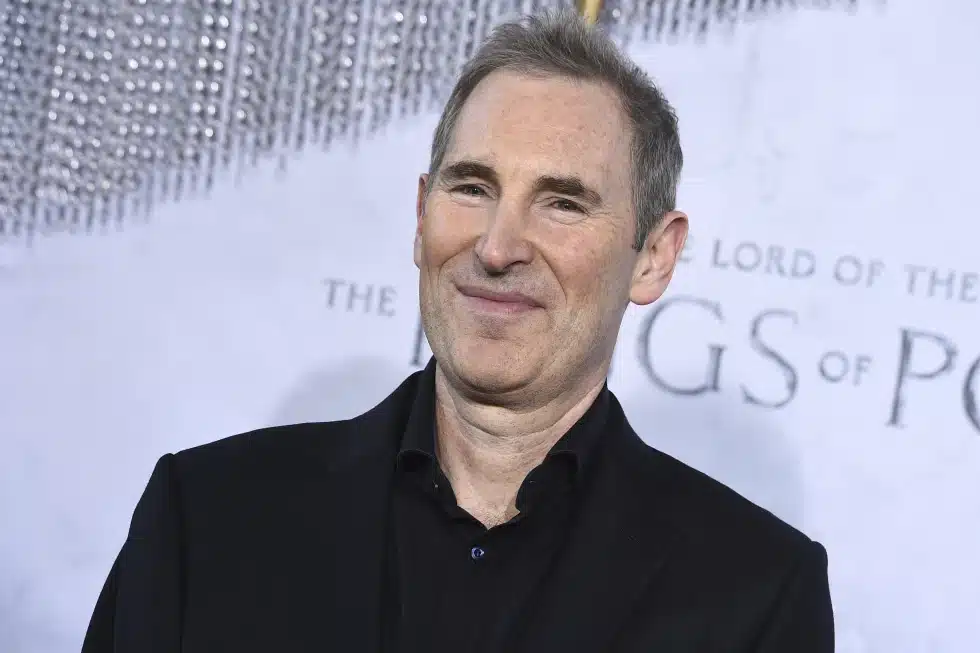
A federal administrative law judge found that Amazon CEO Andy Jassy violated labor law by making anti-union remarks during media interviews two years ago.
The verdict, published Wednesday, comes after the National Labor Relations Board filed a complaint in 2022 accusing Jassy of breaching the line during sit-down interviews by saying that workers were better off without a union.
National Labor Relations Board Judge Brian D. Gee cited statements made by Amazon’s CEO on CNBC’s television show “Squawk Box,” as well as two summits arranged by Bloomberg News and the New York Times, in his decision.

Hollywood Reporter – VOR News Image
Amazon CEO Andy Jassy’s Comments About Unions Violated Federal Law, NLRB Judge Rules
Gee said Jassy’s projections regarding unionization altering the employee-employer relationship were legal. However, the judge ruled that other statements regarding how employees would be less empowered under a union, “find it harder to get things done quickly, and would be better off” without one violating federal labor law.
In a prepared statement, Amazon spokesperson Mary Kate Paradis stated that the business strongly disagrees that “any part of these comments” were inappropriate and plans to challenge the decision through the administrative law system.
/cdn.vox-cdn.com/uploads/chorus_image/image/63978099/andy_jassy_amazon.0.1537226150.0.png)
VOX – VOR News Image
Amazon CEO Andy Jassy’s Comments About Unions Violated Federal Law, NLRB Judge Rules
“The decision reflects poorly on the state of free speech rights today, and we remain optimistic that we will be able to continue to engage in a reasonable discussion on these issues where all perspectives have an opportunity to be heard,” Paradis said.
Jassy’s statements come amid intensified unionization attempts at Amazon following the Amazon Labor Union’s historic victory in a union representation ballot at a New York City warehouse. The firm has disputed the union’s victory and refused to negotiate.

reuters – VOR News Image
Amazon CEO Andy Jassy’s Comments About Unions Violated Federal Law, NLRB Judge Rules
In his verdict, Gee advised the company to avoid “threatening its employees” with similar comments in the future and to post a notice in its facilities countrywide indicating the company’s compliance with the judge’s decision.
SOURCE – (AP)
-
Entertainment5 months ago
Robert Downey Jr. Won’t Be Returning To The Marvel Cinematic Universe As Tony Stark
-
Politics5 months ago
Unveiling the Power and Influence of The Conservative Treehouse
-
Sports4 months ago
Saints’ Aggressive Play-Calling Ends Up Coming Back To Hurt Them In Loss To Rams
-
Celebrity5 months ago
Norman Lear, Producer Of TV’s ‘All In The Family’ And Influential Liberal Advocate, Has Died At 101
-
Innovation5 months ago
Sony Debuts First PS5 Controller For Disabled Gamers
-
Business4 months ago
Nike Says It Will Cut $2 Billion In Costs In A Major Warning For Consumers


:max_bytes(150000):strip_icc()/INV_Tiger_Woods_GettyImages-1865271308-eed866d921244ce8af2e13e74d1764cf.jpg)














































